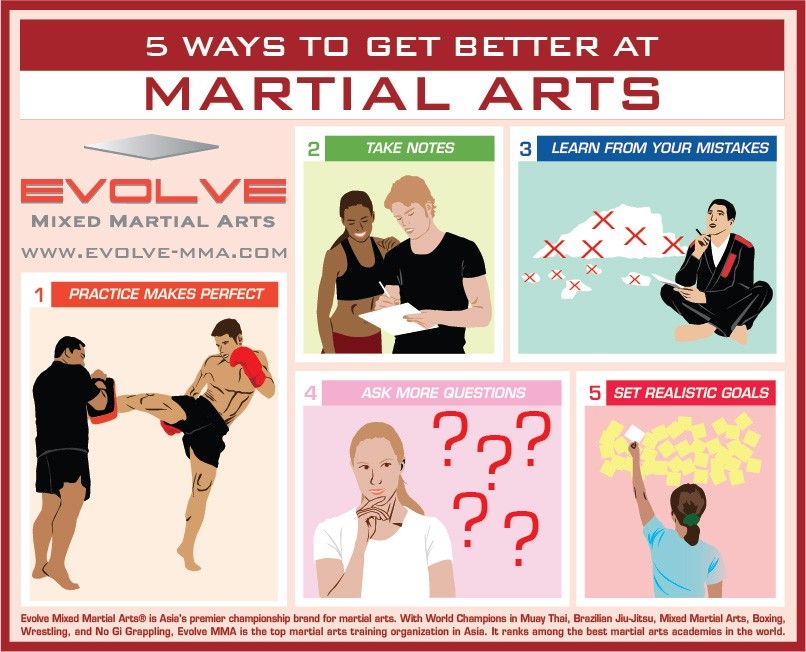The Growth And Historic Context Of Martial Arts Worldwide
The Growth And Historic Context Of Martial Arts Worldwide
Blog Article
Write-Up Developed By-Wilcox Vick
Martial arts have a remarkable history that covers centuries and continents. which country is best for martial arts may find it interesting exactly how old practices like Shuai Jiao and Kalaripayattu laid the groundwork for modern combat techniques. These techniques not just emphasize physical skills yet additionally show the cultures that birthed them. As you discover their evolution, consider exactly how globalization has actually changed these conventional types into crossbreed styles. What impacts do you believe have formed today's martial arts landscape?
Ancient Martial arts: The Foundations of Battle
As you look into the world of old martial arts, you'll find the rich structures that shaped battle strategies across cultures. Very early methods concentrated on Self-Defense and survival, commonly including strikes, hurting, and weaponry.
In ancient China, for instance, techniques like Shuai Jiao stressed throws and joint locks, while India's Kalaripayattu showcased dexterity and liquid motion. Japanese samurai created Kenjutsu, a refined swordsmanship that highlighted self-control and approach.
These martial arts offered not just for battle but also as a means of personal growth, instilling values like respect and perseverance. mouse click the next page blending of these techniques with time prepared for the varied martial arts you see today, each reflecting the unique ideologies and requirements of its culture.
The Social Impact on Martial Arts Advancement
While martial arts usually show the functional demands of a society, they likewise symbolize the social values and beliefs of their beginnings. When you discover different martial arts, you'll notice just how they're influenced by religion, ideology, and social norms.
As an example, the emphasis on respect and technique in Japanese martial arts originates from Zen Buddhism and samurai society. In contrast, Brazilian Jiu-Jitsu promotes versatility and technique, shaped by the requirement for efficiency in a varied, multicultural setting.
You might discover that the routines, uniforms, and training approaches mirror a neighborhood's history and identification. By recognizing these cultural influences, you strengthen your recognition of martial arts and their role in shaping human experiences around the world.
Modern Adaptations and the Globalization of Martial arts
Martial arts have transformed dramatically in recent decades, adjusting to contemporary culture and global influences. You'll notice that traditional types have mixed with modern strategies, developing hybrid styles like MMA. These adjustments accommodate varied audiences, making martial arts accessible and attractive worldwide.
With the surge of social media sites and electronic systems, you can locate tutorials and competitions from all edges of the globe, damaging geographical obstacles. This globalization has actually brought about a common recognition for various self-controls, from Brazilian Jiu-Jitsu to Taekwondo.
As free karate classes near me engage with these arts, you'll realize they're not almost battle; they promote physical fitness, discipline, and mental wellness.
Eventually, modern-day adaptations have improved the martial arts landscape, making it a dynamic and advancing method.
Conclusion
In checking out the background and advancement of martial arts, you reveal an interesting mix of techniques, cultures, and philosophies. From ancient self-controls like Shuai Jiao and Kalaripayattu to the contemporary adaptability seen in mixed martial arts, martial arts mirror humankind's mission for Self-Defense and individual growth. As you involve with these practices, you not only gain skills however also a deeper admiration for the diverse traditions that form our globe today. So, proceed your journey and welcome the art of combat!
